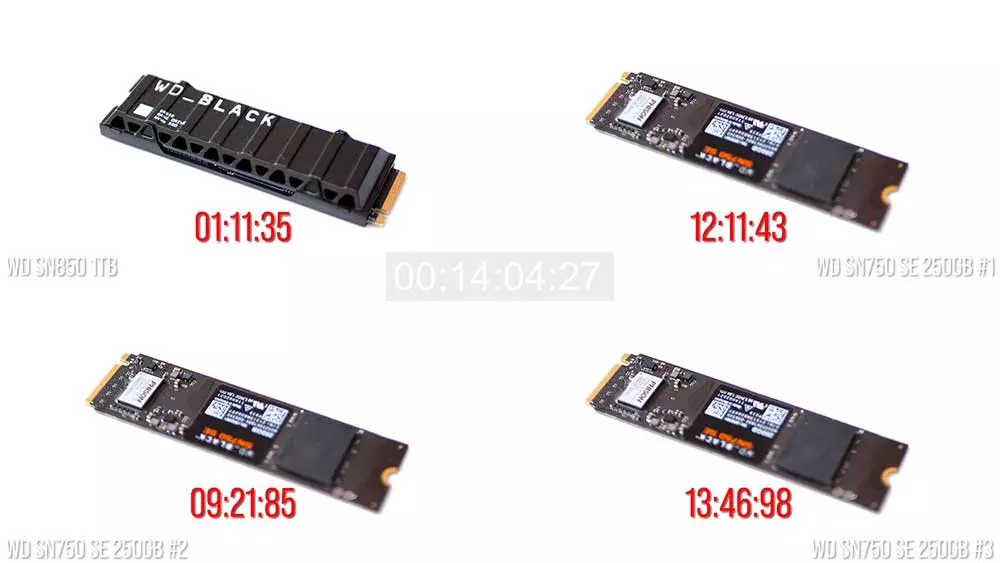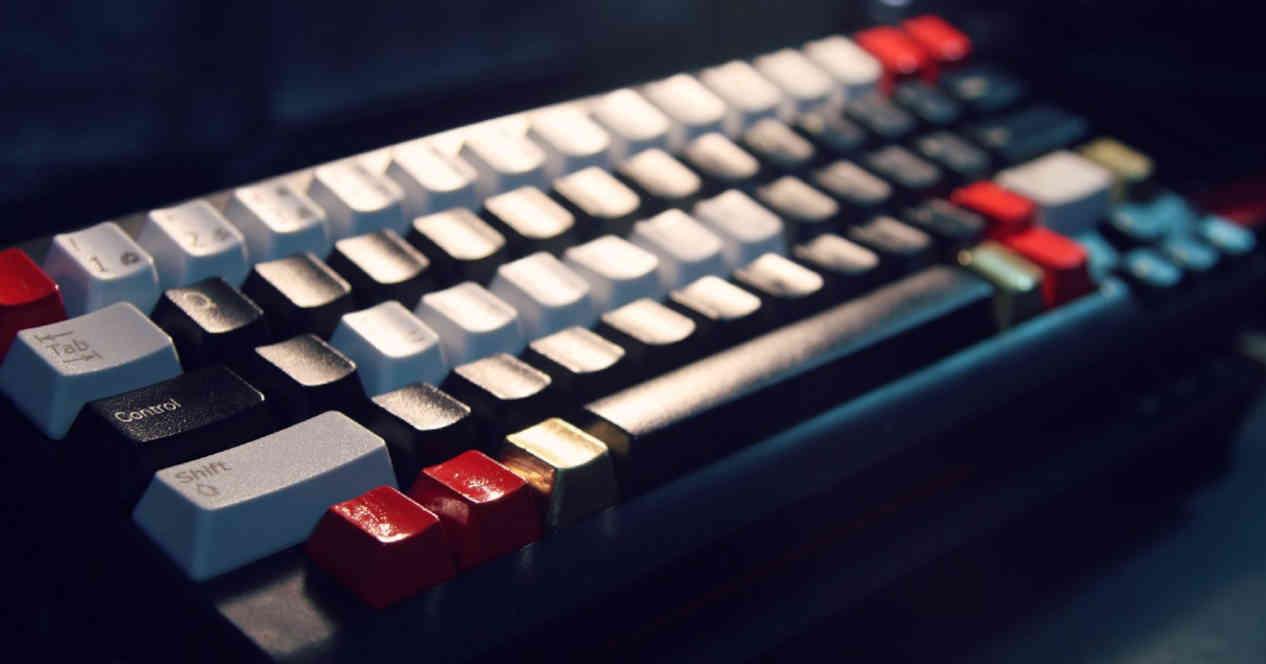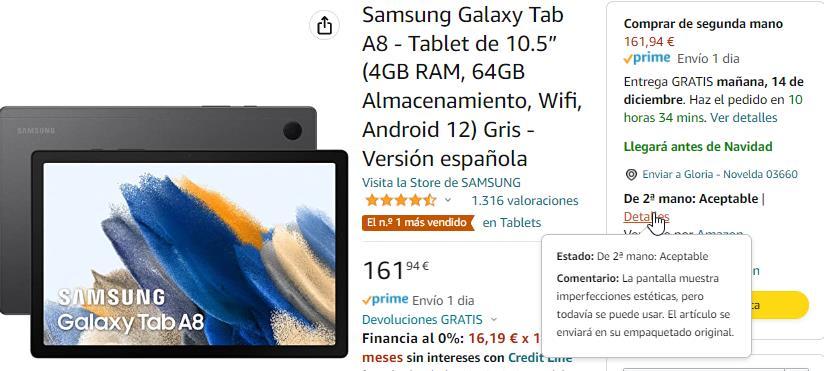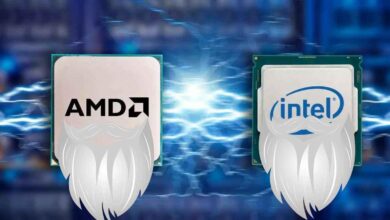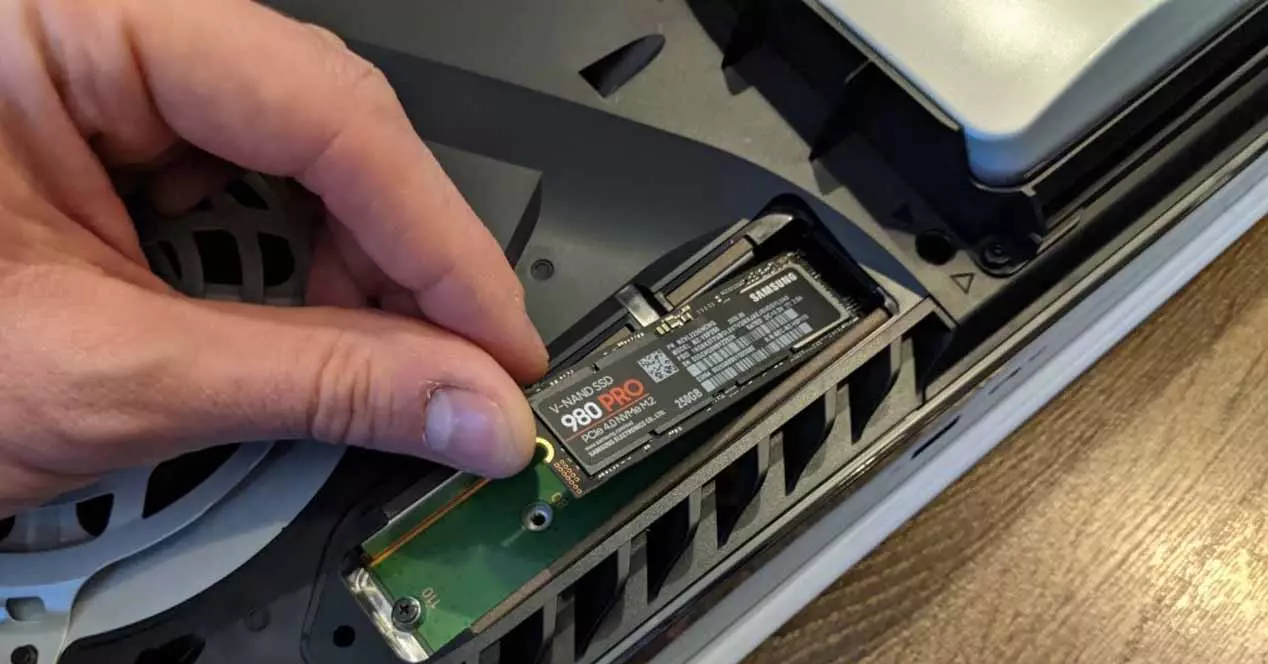
One of the great news that PS5 had “shortly” after going on the market was the moment in which SONY decided to enable the M.2 of the console to be able to install an M.2 SSD. The company’s requirements were surprising, as they were technically demanding (speeds of 5,500 MB/s or more), which generated controversy. But what if we can’t afford to buy an SSD from this range and install one not recommended for PS5? Let’s see it.
Why was SONY so picky about the measurements and performance of the SSDs that were declared as compatible? There is no official answer beyond the fact that they are the requirements for optimal performance. We have to understand that they have seen significant losses in bandwidth or load times to affirm this, so it is to be expected that this is the case. The test that we are going to see pits the 250 GB SN750 SE against the 1 TB SN 850, two SSDs of the same brand with very different features.
Is speed SONY’s excuse for PS5 SSDs?
Having the youngest of the brothers alone 3,200MB/s and the greatest of them none other than the 5,500MB/s requested by SONY, we should see very palpable differences, but… This is not the case in the vast majority of cases.
As we can see, in different scenarios the loading times or benchmark performance in different games is almost identical, where there are no significant differences compared to the internal SSD, which has a clear advantage.
With less than a second of average difference, it is possible to speak of a more than narrow margin and within the possible measurement errors.
On subsequent game loads, such as Cyberpunk 2077 which is particularly dependent on the constant transfer between SSD and GPU, especially on PS5 where it still faces load and speed issues, we see that the differences are again marginal, not enough to justify the price difference.
Differences arise with large masses of data
The only appreciable differences to take into account is when large amounts of data are moved at the same time and intensively, such as when we want to transfer the games from the console’s internal SSD to the one we have installed as capacity or speed support.
Here it is true that the higher sustained transfer rate of the SN850 manages to improve performance in figures that are interesting, especially since we are not talking about seconds, but about minutes, which is representative. Therefore, and in short, saving this last scenario in games does not affect the fact of choosing a Slower PCIe 4.0 SSDneither in FPS nor in loading times.
The problem is the rumor that arises as a result of this, since much more demanding titles are expected with the transfer rate from the SSD to the console itself. If the developers force the transfer of information from the M.2 to the internal SSD or directly to the CPU or GPU, then it makes sense that SONY asks and demands what it asks and demands. At the moment this has not happened, but big titles are coming that could change the performance inside an SSD not recommended for PS5.
